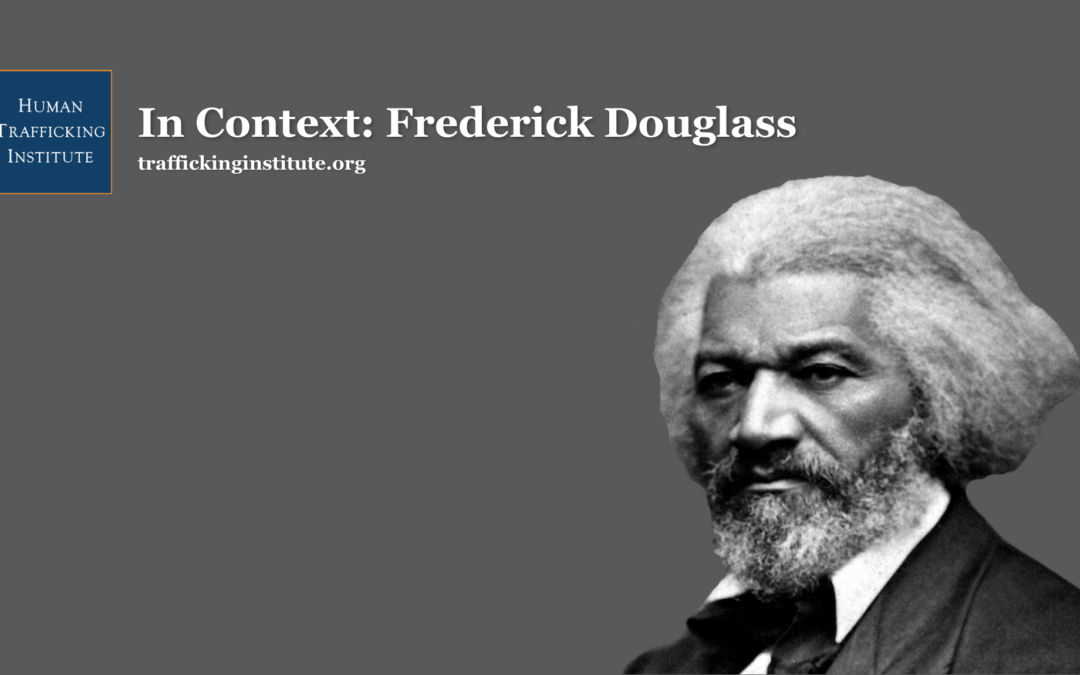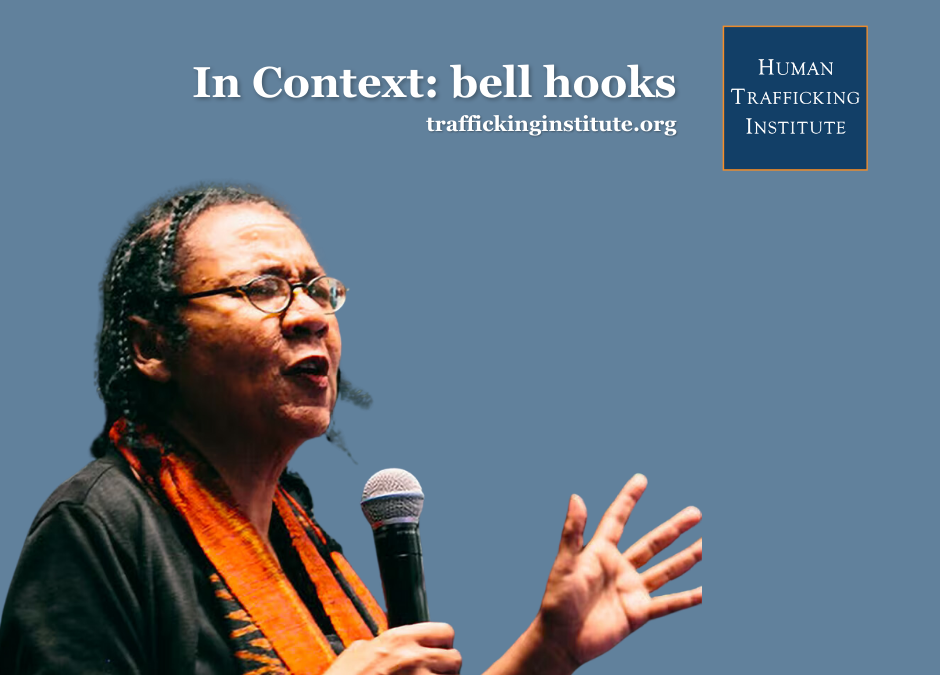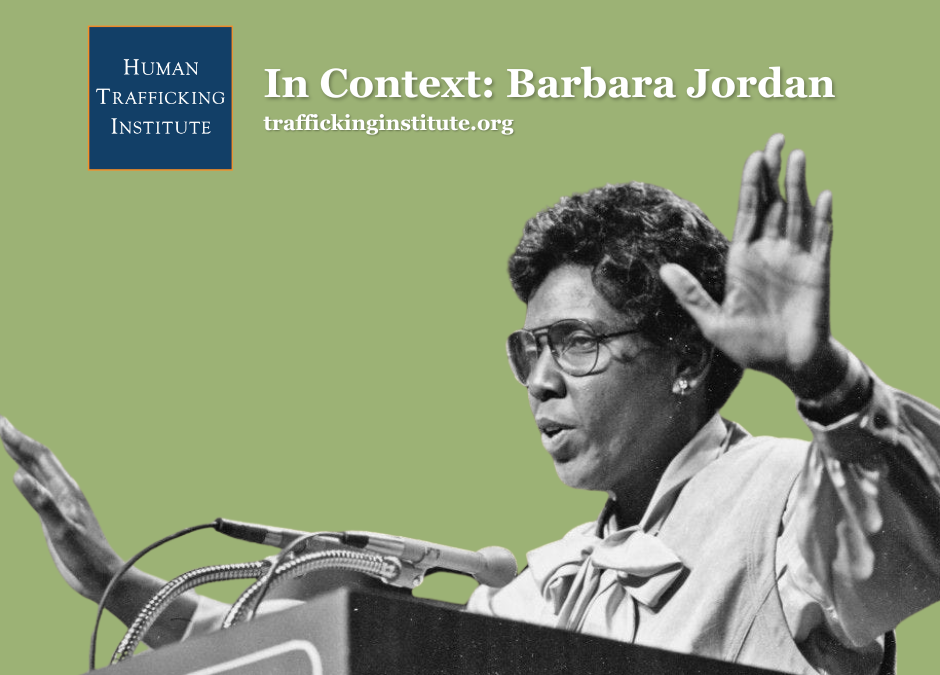When looking at Abraham Lincoln’s portrait in the National Portrait Gallery in Washington, D.C., one will notice a few unique features. He is portrayed neither as glorious or powerful like the colorful George Washington portrait but is sitting in his chair, leaning forward with his elbow on his knee, in a position reminiscent of “The Thinker.” Yet, it is precisely the gravity and tension captured in this portrait that characterized Lincoln’s presidency and distinguished him as a leader like no other.
Lincoln’s story begins in Hodgenville, Kentucky, where he was born and grew up in a poor farming family. Life on the early frontier was brutal, and Lincoln lost both his mother and infant brother before he turned nine. Despite his harsh surroundings, he had a love of learning that was unexplainable to everyone, including himself. He would do anything to get a book and taught himself basic math and writing, as he only went to school “by littles” — a little every now and then, no more than a year of school total. Although Lincoln was expected to be a farmer like his father, his thirst for knowledge drew him to law school. He excelled in school and became a distinguished lawyer in Illinois, moving to Springfield where he met his future wife Mary Todd. Although she was from high society and “Lincoln’s socks never matched,” their friendship survived many quarrels and turned into a marriage in 1842.
Lincoln was always rather independent. While in the Illinois state legislature from 1834-1840 as a Whig, he focused on infrastructure and then continued to serve as the only Illinois Whig congressman from 1847-1849. After his failure to be re-elected to Congress at age 40, Lincoln had given up any aspirations that he would ever become a significant political figure. However, he reentered politics due to the threat of slavery expanding and rival Stephen Douglas taking control of the Republican party, which had absorbed most of the Whig party. Although he lost the Senate race, his passionate debates helped put his name in the running as the Republican presidential nominee. As a moderate from a swing state, Lincoln was elected the 16th president of the United States in 1860.
Starting with South Carolina, southern states decided to secede because Lincoln would not agree to dividing new states between free and slaveholding, and they worried their way of life was in jeopardy. This launched the country into a bitter civil war, which lasted until 1865. Lincoln’s primary goal through this period was to preserve the union. While slavery wasn’t the only factor in the civil war, the economic and social consequences of possible emancipation continued to fuel the fighting. Lincoln had originally hoped to have a gradual plan of freeing the slaves where the federal government could share the financial burden with the South as they transformed their labor systems. However, the Emancipation Proclamation in 1863 made abolishing slavery an official goal of the war for the North. Additionally, Lincoln grew bolder with voicing his hatred of slavery and after speaking to Albert G. Hodges of Kentucky was asked to put his sentiments in a letter in which he wrote:
“If slavery is not wrong, nothing is wrong.”
Lincoln is often criticized as not being a true abolitionist, and indeed he often had contradictory statements about his goal of ending slavery. However, credence for his anti-slavery views can be found in his actions towards black Americans. He frequently invited black Americans to the White House, including Frederick Douglass and Sojourner Truth, which was notable as before Lincoln’s presidency African Americans had only been in the White House as slaves or servants. Lincoln and Douglass were close friends as Douglass lived just east of the Supreme Court building. As the war raged, Lincoln continued to lay out his plan for reconstruction and the transition to a slave-free society until his assassination April 14, 1965.
Abraham Lincoln is the epitome of the American Dream — the idea that a poor farm boy can become the most powerful person in the country. However, it is important to acknowledge that this American Dream was only open to Lincoln because he was a white man. Today, we are still working on making this dream accessible to everyone in our society. While we as a country want to believe in the idea that every person has the power to be anything she or he wants to be, it is not as simple as we make it seem. Racism, poverty, and violence continue to enslave Americans. If we truly want a society where all are free, we need to start at the source of inequality by is protecting the vulnerable from those who use their power to oppress and abuse. At the Human Trafficking Institute, we are combating slavery at its source by empowering justice systems to stop traffickers. Together, we can get to the root of the problem and bring freedom and hope to those who are enslaved.




